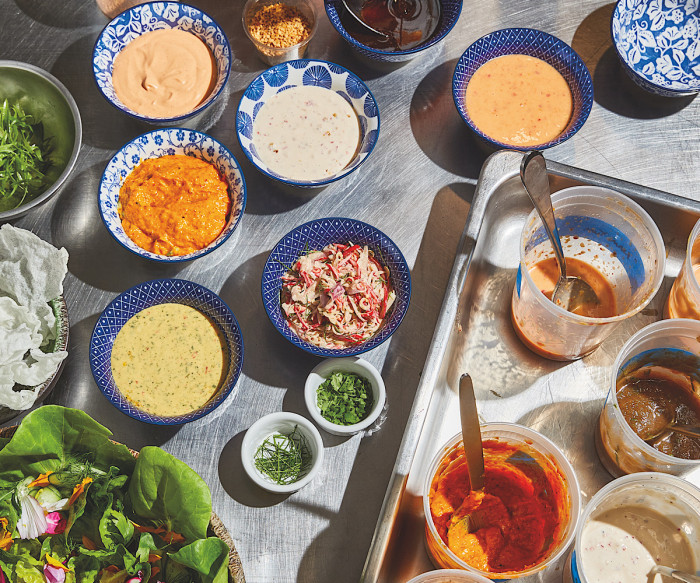News
A Collection Of Restaurant, Food, Drink And Hospitality News From All Over South Africa
Ala Carte Blanche: When Diners Design Their Own Menus
25 August 2025
Once upon a time, the chef’s word was law. You ate what was on the menu, maybe asked (very politely) to hold the onions. But those days are gone. Today’s diners don’t just expect to customise their meals; they assume they can.
The rise of personalised dining is flipping the script, putting power into the hands of the diner and pushing chefs to rethink how they create. This insight comes from the Future Menus 2025 report by Unilever Food Solutions, which identifies the shift as one of four megatrends set to define the next year. Backed by global research, millions of online searches, and insights from more than 250 chefs in 75 countries, the report shows how modern diners want meals that match their lifestyle, values, and vibe.
Yonela Motloung, Marketing Director for Unilever Food Solutions South Africa, says the report found that Gen Z is a key driver of this shift. “This generation is used to tailoring everything according to their preferences - from flexible workplace schedules to Spotify playlists to social media feeds,” she notes. “And, they expect the same level of control when it comes to food. Whether it’s extra spice, vegan swaps or plating preferences, it’s not about being difficult. It’s about being seen.”
But is this just a passing trend or is it a fundamental change in expectations? Motloung believes it’s the latter and says that it’s already reshaping hospitality, from takeaway counters to fine-dining kitchens.
She adds that technology is making personalisation easier to scale. AI-powered ordering systems and QR code menus are already helping diners customise their meals in real time. Imagine walking into a restaurant abroad, scanning a code, and instantly selecting a low-sodium, vegetarian-friendly version of your favourite dish, or adjusting the heat level with a simple slider. South African hospitality establishments are likely to follow suit soon.
But this trend isn’t just about tech. It’s also about responsiveness. Chefs are becoming more attuned to the needs of their guests and building menus that feel like conversations, not dictations. While this could sound like a nightmare for traditionalists, chefs across South Africa are embracing the opportunity to innovate. Some are offering “build your own” sections on their menus. Others are introducing flexible base dishes that can be tweaked with a variety of sauces, toppings, and proteins.
Mary Worthington, Culinary Experience Advisor for Unilever Food Solutions, says this is more than just a marketing gimmick. “Personalisation is about relevance. It’s about creating food experiences that reflect who your diners are and how they live,” she says. “When someone feels that their preferences matter, they’re more likely to become loyal customers.”
And that’s what makes this trend so powerful. It creates connection and a sense of empowerment and turns a meal into something memorable.
This isn’t the end of the menu as we know it. But it is the beginning of a more flexible, inclusive and interactive way of dining; one where the guest has a seat at the table long before the food arrives.
For chefs, it’s a new way to show off their creativity. For diners, it’s a chance to have their cake and choose how it’s made.
Source: Unilever Food Solutions South Africa










